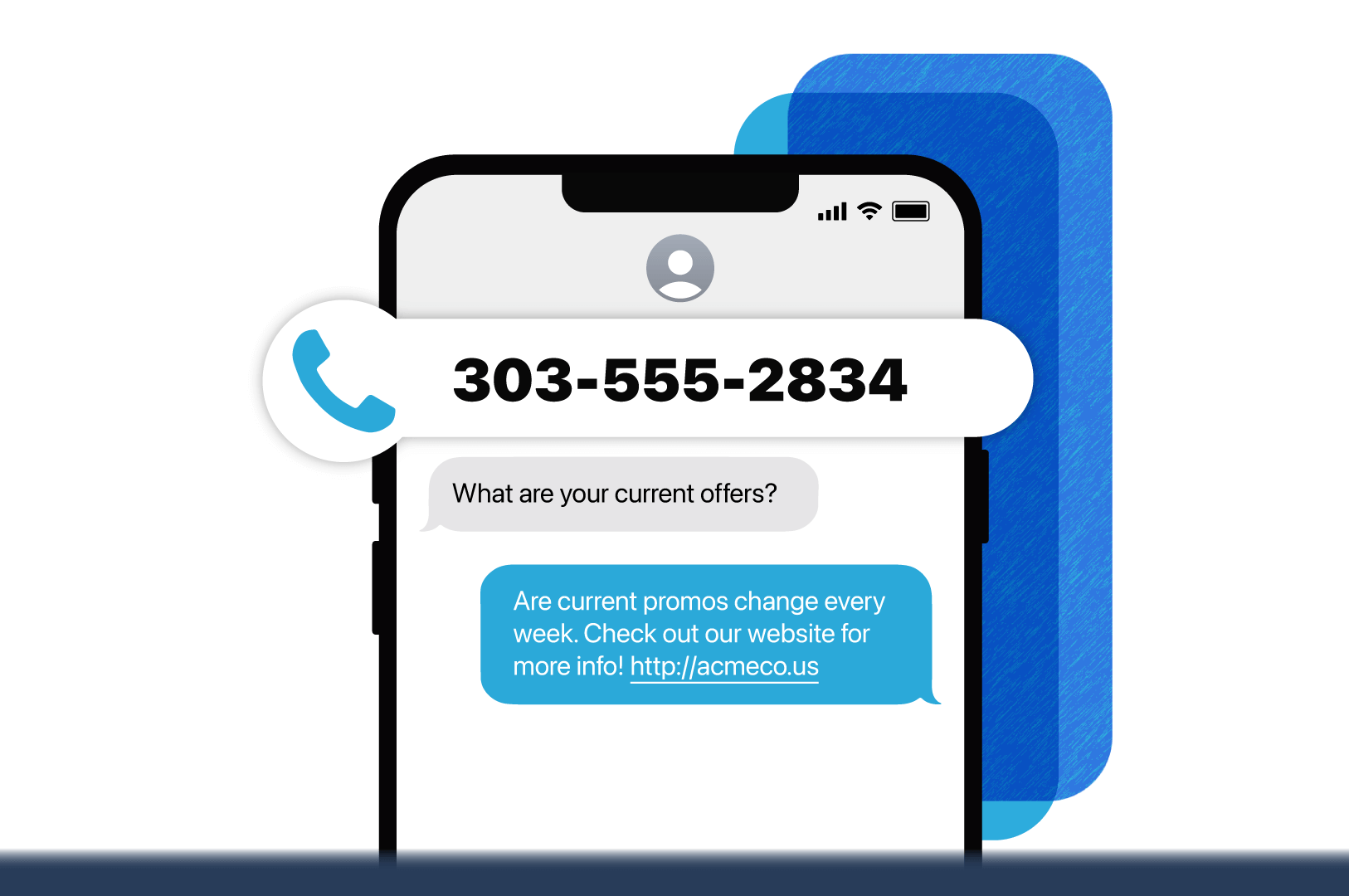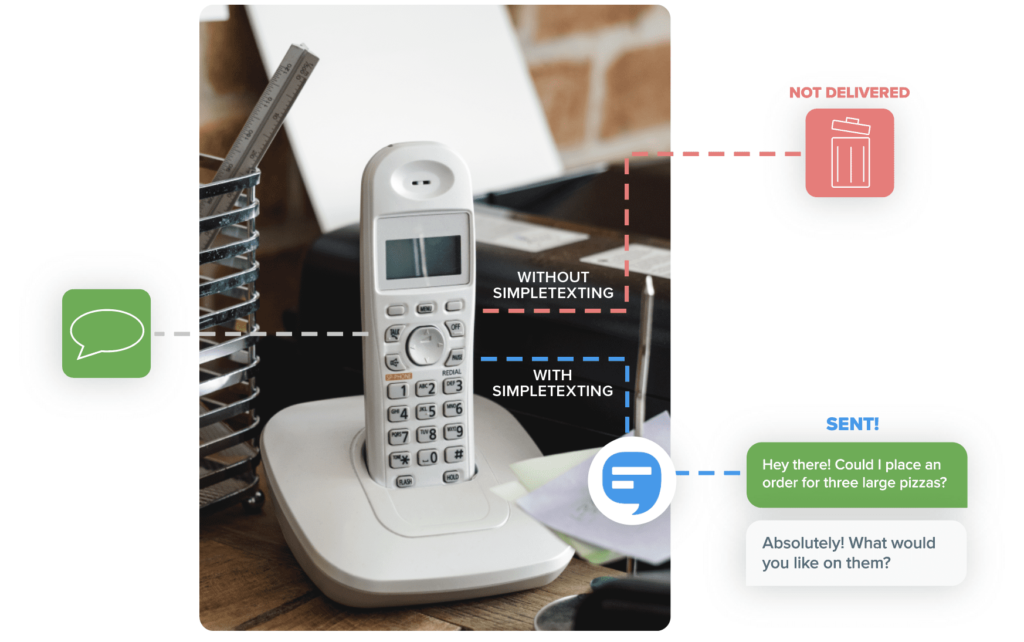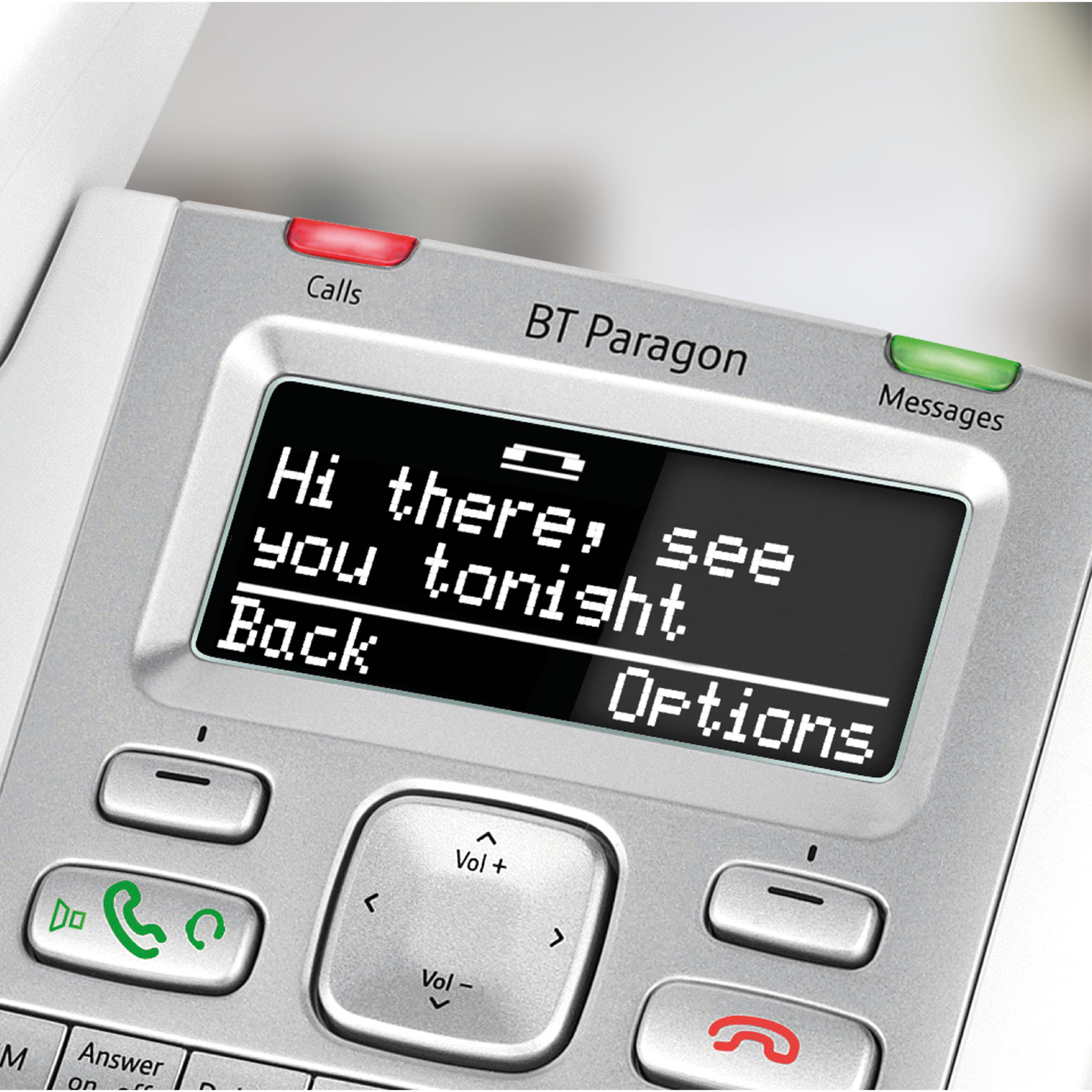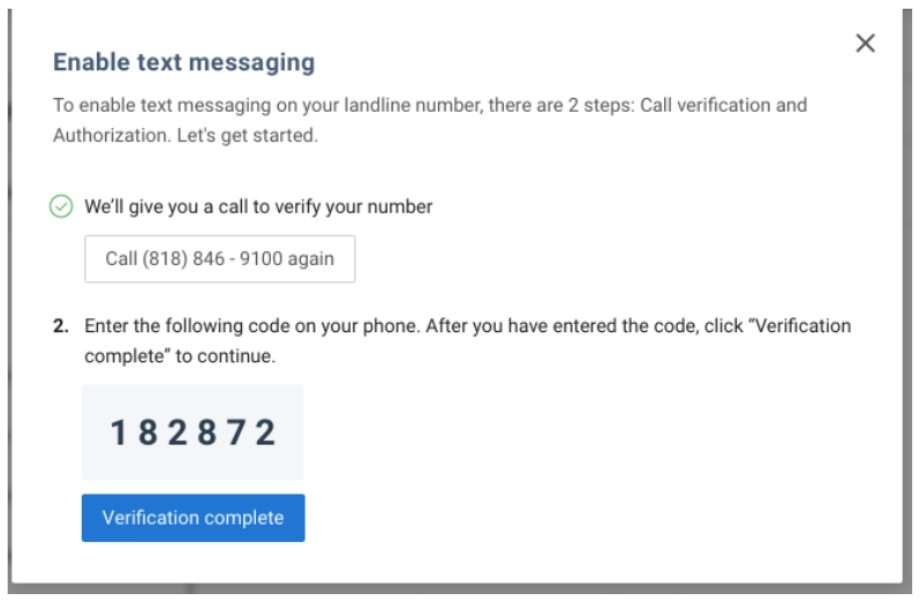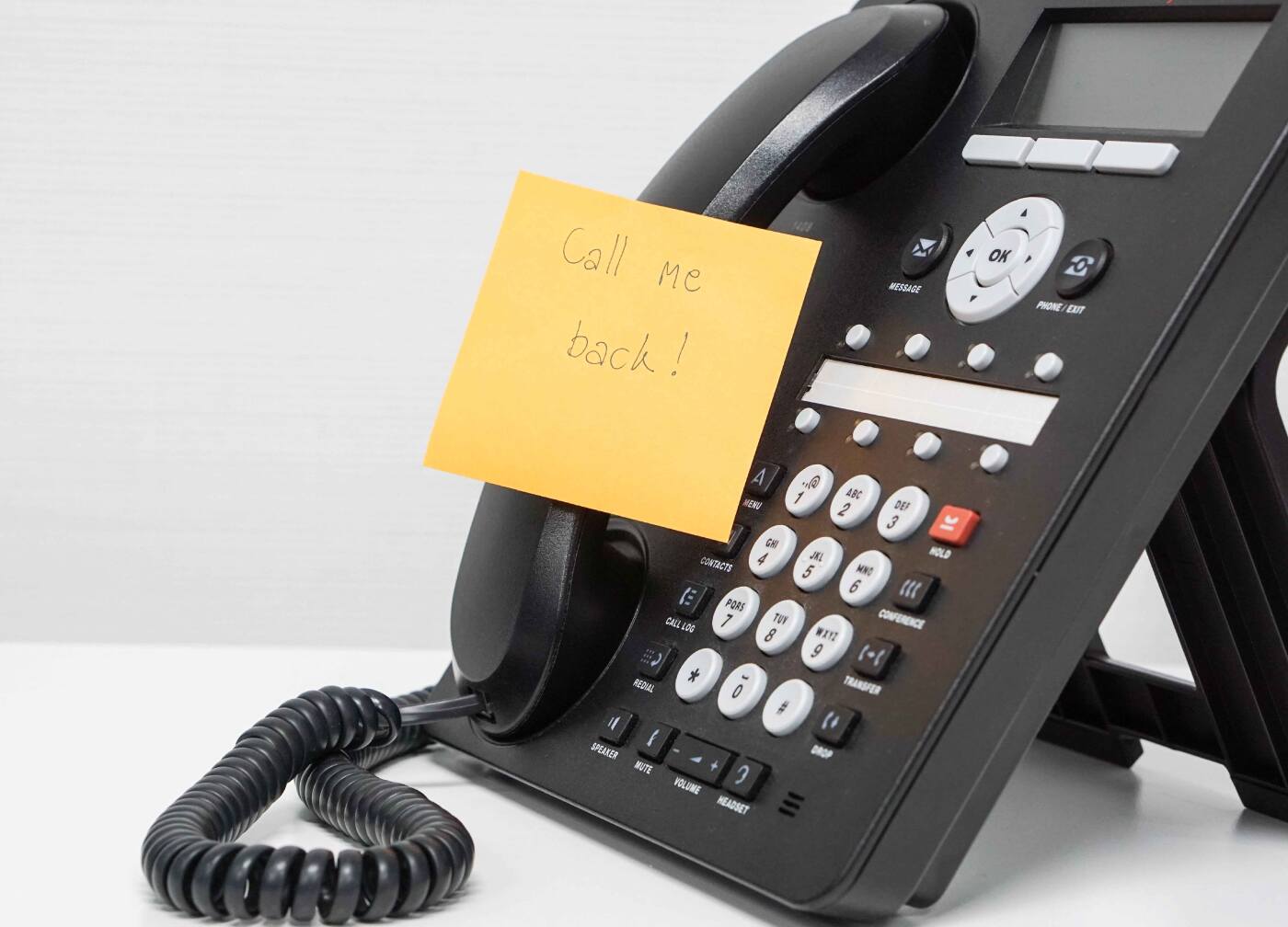Can You Send Text Messages From A Landline Phone
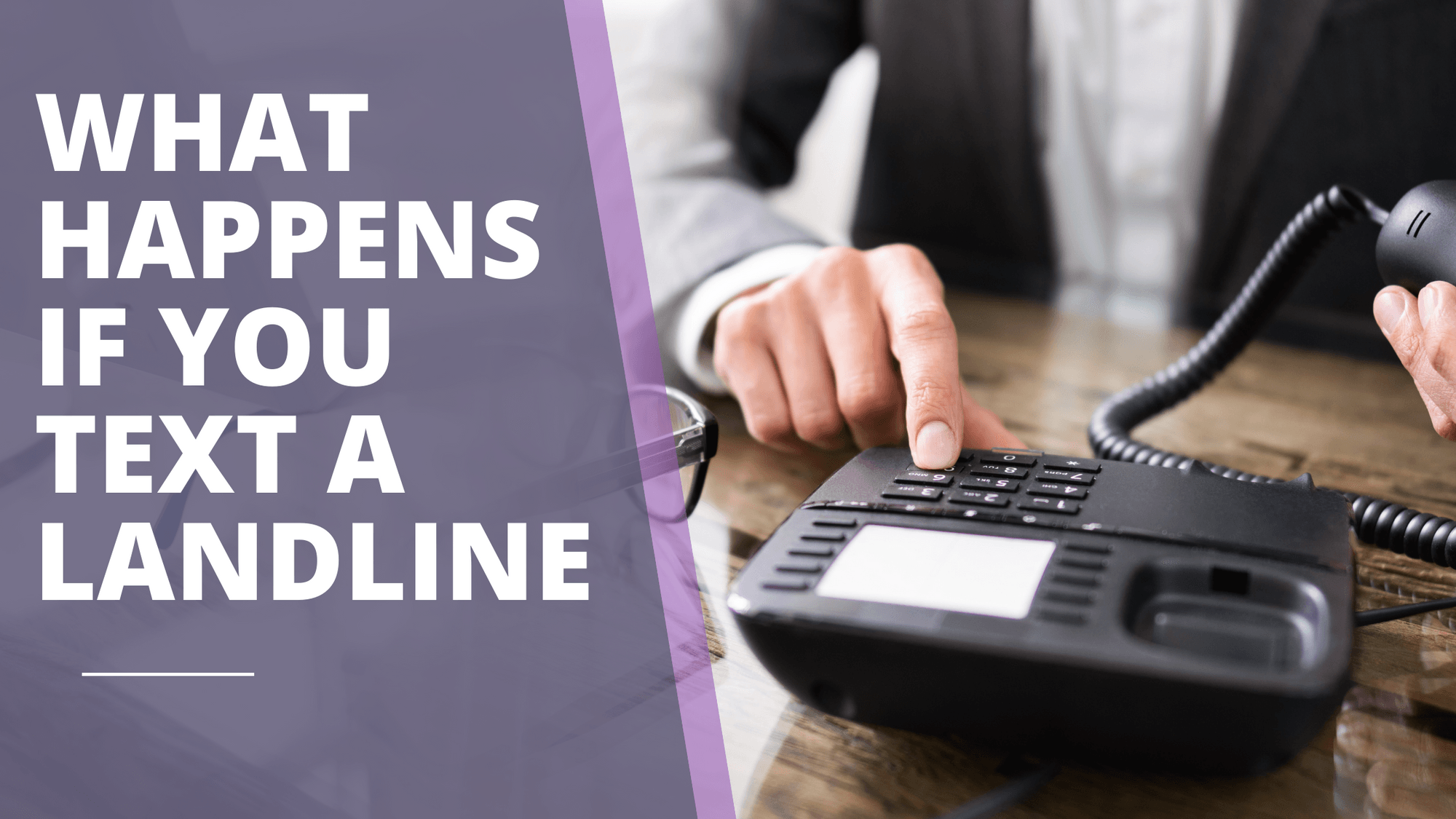
The humble landline, once the ubiquitous backbone of communication, seems relegated to history in an era dominated by smartphones and mobile messaging. But amidst the digital clamor, a persistent question lingers: can you send text messages from a landline phone? The answer, surprisingly, is more nuanced than a simple yes or no.
While traditional analog landlines weren't designed for text messaging, technological advancements have paved the way for limited text capabilities via specific services and adaptations. This article delves into the mechanics, availability, and implications of texting from a landline, offering a comprehensive overview of this evolving communication landscape.
The Technology Behind Landline Texting
Traditional landlines transmit voice signals through analog circuits. This system doesn't inherently support the digital encoding required for text messages.
However, several workarounds have emerged to bridge this technological gap. These solutions typically involve converting text messages into a format that can be transmitted over the landline network, often relying on intermediary services.
Text-to-Speech and Speech-to-Text Services
One common method is using text-to-speech (TTS) and speech-to-text (STT) technology. These services convert incoming text messages into audible voice messages that can be heard on the landline phone.
Conversely, when a user wants to send a text, they can speak a message which is then converted to text. Companies like Google Voice and specialized landline texting providers offer such features, acting as translators between the digital and analog worlds.
Dedicated Landline Texting Devices
Another approach involves using dedicated devices that connect to the landline and possess the capability to send and receive text messages directly. These devices often include a small display screen and a keypad for composing texts.
These devices work by leveraging the Short Message Service (SMS) protocol, just like mobile phones. However, they require specific network support and may not be universally compatible with all landline providers.
Availability and Accessibility
The availability of landline texting services varies significantly depending on the geographic location and the landline provider. Many major telecommunications companies do not directly offer SMS texting functionality for their standard landline services.
Instead, specialized third-party providers often fill this gap, offering texting solutions as add-on services. These services may come with monthly fees or per-message charges.
According to a 2023 report by the Federal Communications Commission (FCC), while the adoption of landline texting is growing, it remains a niche market compared to mobile texting. The report emphasizes the importance of digital accessibility for all citizens, including those who rely on landline phones.
Use Cases and Benefits
Despite its limited availability, landline texting can be beneficial in certain situations. For elderly individuals or those with disabilities who are more comfortable with landline phones, texting can provide a simple and accessible way to communicate.
Businesses can also utilize landline texting to send appointment reminders, notifications, and other important information to customers who may not have smartphones.
"Landline texting offers a reliable alternative for reaching customers who prefer traditional communication methods,"says Dr. Emily Carter, a communication technology expert at Stanford University.
Furthermore, in areas with poor mobile network coverage, landline texting can serve as a backup communication channel.
Limitations and Drawbacks
Landline texting also has its limitations. The cost can be a barrier, as many services charge extra fees for texting capabilities.
The user experience can be clunkier compared to texting on a smartphone, especially when using TTS/STT solutions. There's also a limited amount of carriers that offers SMS texting, with some users not being able to use this function at all.
Security concerns can also arise, particularly when using third-party services. Users should carefully evaluate the privacy policies and security measures of these providers before entrusting them with their communication data.
The Future of Landline Texting
While the future of landline phones is uncertain, the demand for accessible communication solutions is likely to persist. As technology continues to evolve, we may see more integrated and user-friendly landline texting solutions emerge.
The development of universal messaging standards could also facilitate seamless communication between landline and mobile devices. However, the widespread adoption of landline texting will likely depend on factors such as cost, convenience, and the continued relevance of landline phones in the digital age.
For now, while sending text messages from a landline is possible, it remains a specialized function with specific requirements and limitations. Consumers should carefully weigh their options and needs before exploring this technology.


